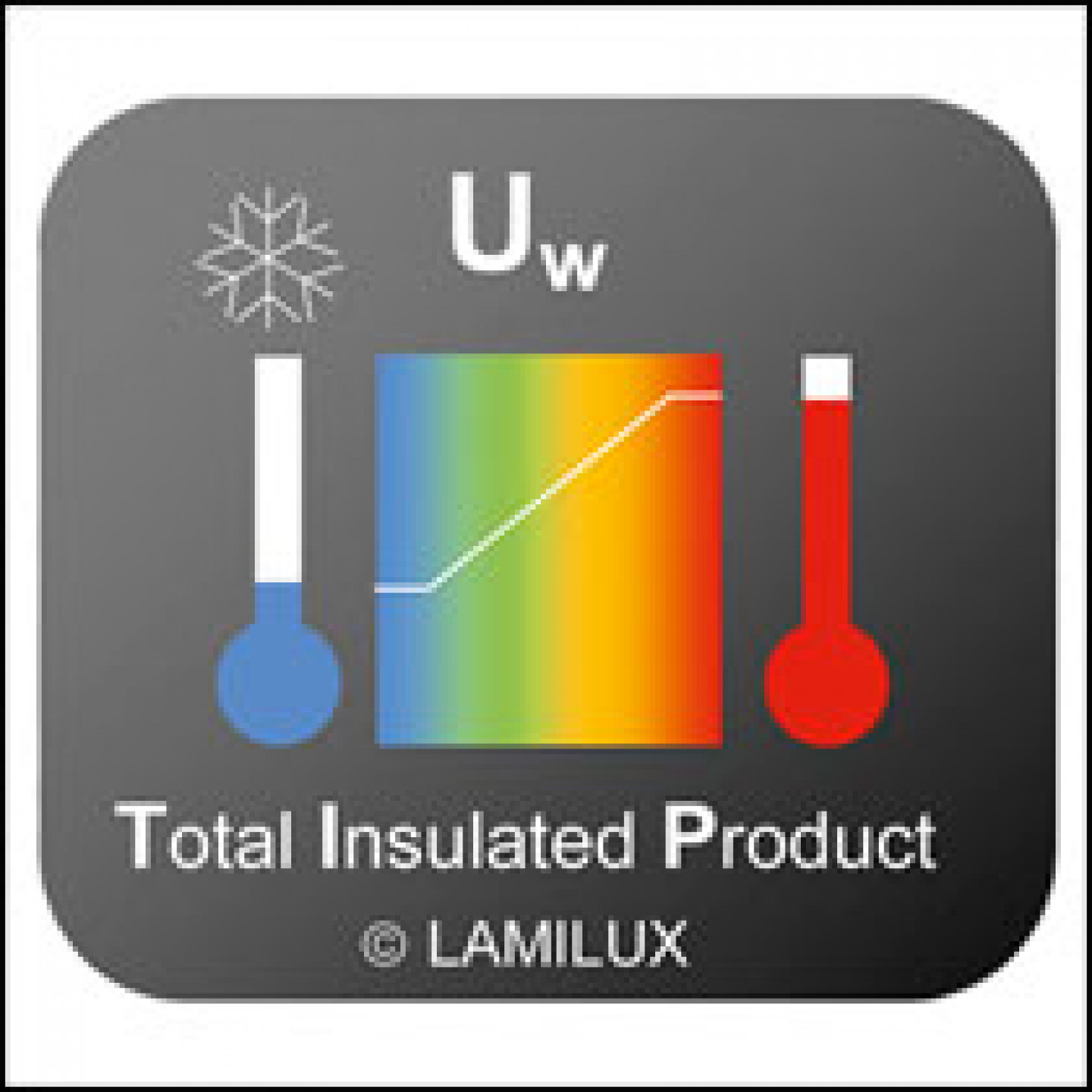Many sales arguments and advertising indiscriminately state Ug values, or often a U value which is not a standard certification designation. So, which particular thermal transmittance coefficient value is appropriate for determining a buildings energy balance?
According to the ift Rosenheim, in its capacity as an internationally recognised independent research institute, the following answer was given by Konrad Huber, their Head of Heat and Light Engineering Laboratory:
“The thermal transmittance coefficient Uw indicates the main influence on a buildings energy balance and thermal comfort”.
If this is so evident, why is it not standard practice to clearly and transparently communicate a system components Uw value? Why do advertising and price lists often rely on U or Ug values (according to BS EN 673) to present their sales arguments? The reason is quite simple: the Ug value (the thermal transmission coefficient of the glazing) is often lower that the actually relevant and meaningful Uw value and thus more advantageous for manufacturers for advertising purposes.
So, how is the Uw value calculated? Konrad Huber at the ift Rosenheim provided the following information:
“The Uw value basically consists of the thermal transmittance coefficients for all components in a light architecture element, i.e.: the Ug value for the glazing and all the Uf and ψ* values of all bar, frame and surround profiles in the system. All of this is then related to the surface area to give the Uw value, which is appropriate value for the thermal rating”
*ψ(psi) = linear thermal transmittance coefficient.
This means that the whole structure must be taken into account when making calculations.
